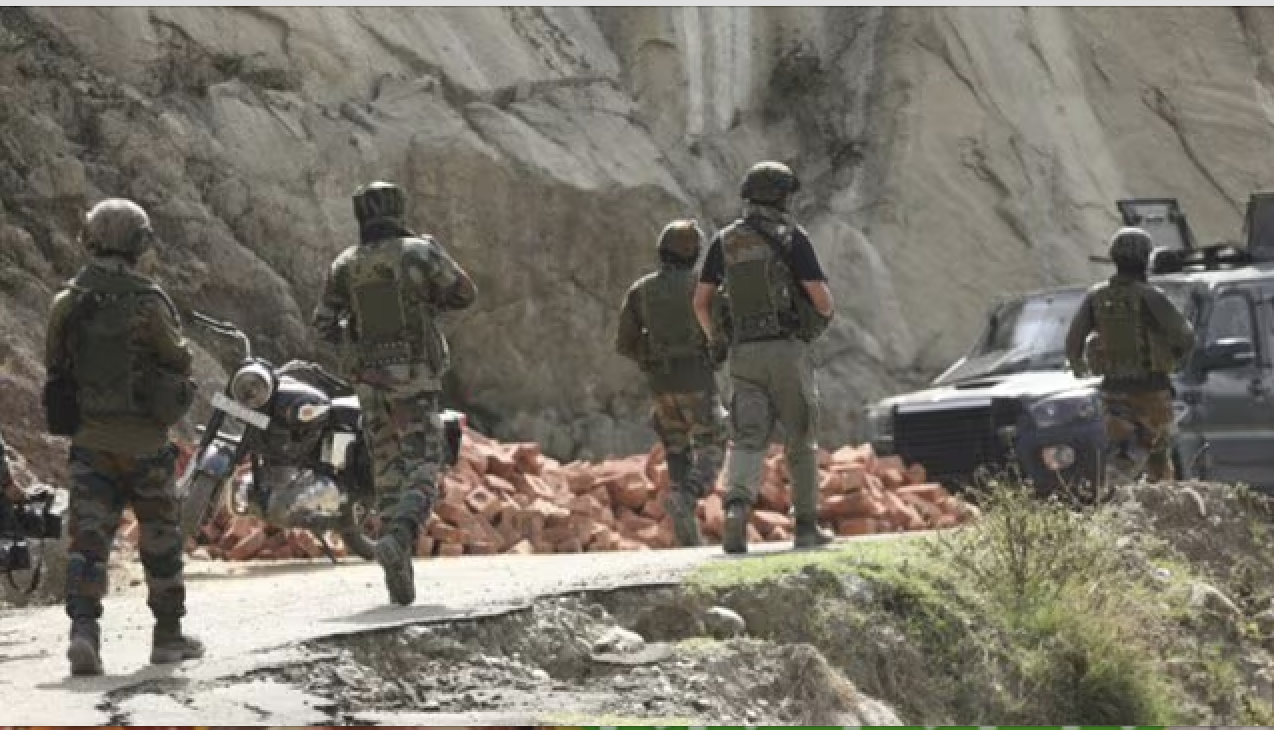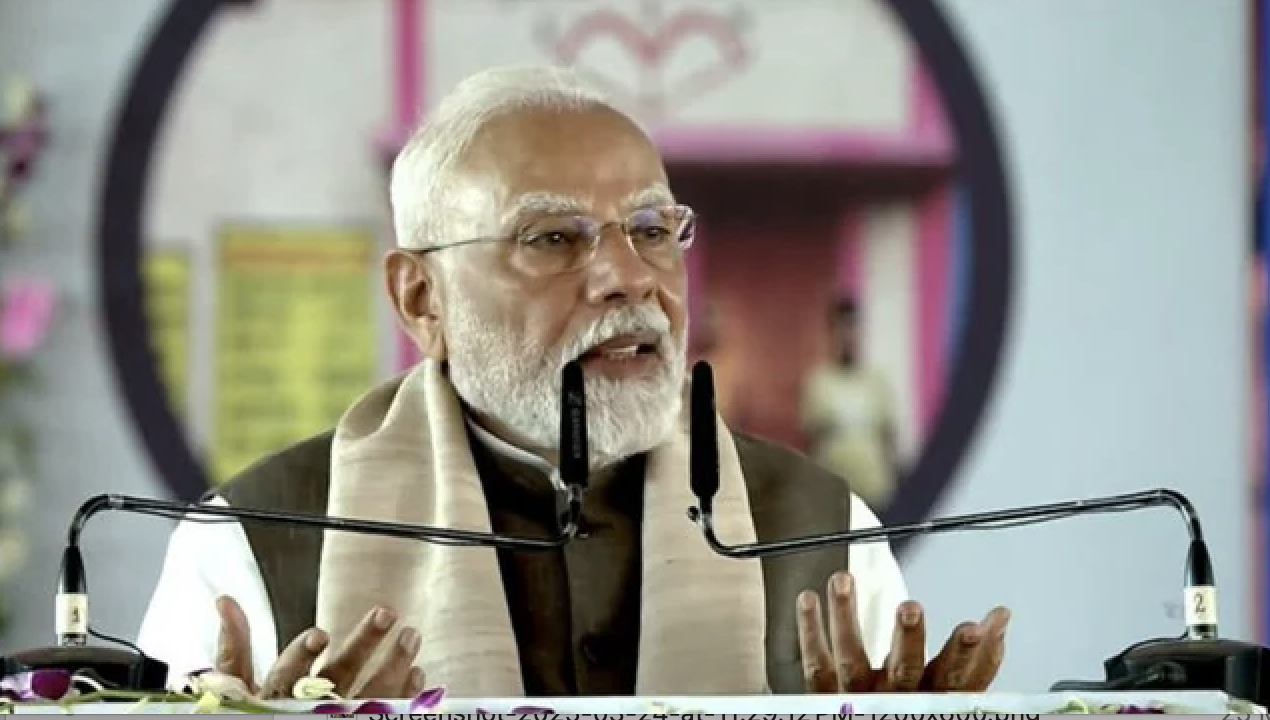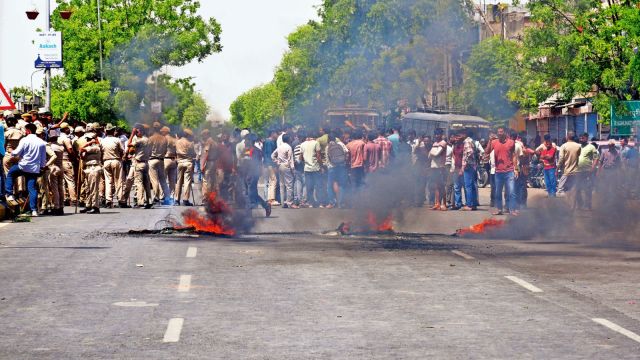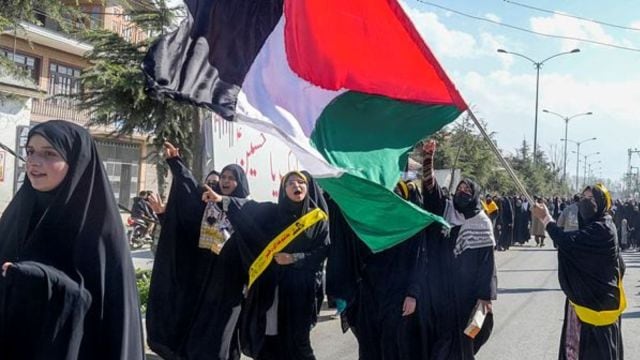The Bharatiya Janata Party was on Sunday forced to replace a ceremonial banner it had erected in Karnataka’s Mandya district to welcome Prime Minister Narendra Modi after Opposition leaders pointed out that it featured two purported 18th-century Vokkaliga chieftains who the saffron party claims had killed Mysuru ruler Tipu Sultan. According to the historical record, the Mysuru king was killed by the British.
This attempt by the BJP to showcase the supposed Vokkaliga chieftains Uri Gowda and Nanje Gowda, is being seen as part of the organisation’s new electoral push to appeal to specific castes groups by highlighting purported medieval figures from those communities who had supposedly fought or killed Muslim rulers.
Just like it had invoked the two purported Vokkaliga chieftains in Karnataka, the saffron party has been spotlighting the supposed role of Raja Suheldev and Gurjar warrior Rampyari Gurjar in North India.
In many of these cases, historians suggest that these heroes the BJP is invoking do not actually exist. However, the Hindutva party has ignored such factual claims.
Inventing Vokkaliga chieftains
While the BJP replaced the arch in the Vokkaliga community-dominated Mandya district after the Opposition attacked it for using “fictitious persons” on the banner, it had initially defended its decision to use the names and images of the two purported Vokkaliga chieftains on it.
The BJP has claimed that the two Vokkaliga chieftains were the ones who killed 18th-century Mysuru ruler Tipu Sultan, who is portrayed by Hindutva groups as an anti-Hindu figure. The party has previously tried to undermine the ruler’s legacy by scrapping the annual Tipu Jayanthi celebration, renaming the Tipu Express train, and either removing or rewriting school textbook lessons about him in line with the Hindutva narrative.
However, experts suggest that Uri Gowda and Nanje Gowda did not actually exist and that the BJP invented them to attract Vokkaliga voters. Tipu’s death while fighting the British during the Fourth Anglo-Mysore War is also documented.
A historian and former professor who did not want to be identified fearing backlash from Hindutva groups said the BJP had created these two characters. “Using these characters is the BJP’s ploy to capture a significant number of votes in the Mandya-Mysuru region where Vokkaligas are the dominant group,” he told Scroll.
PV Nanjaraj Urs, a historian and a former professor, similarly told South First that there is no evidence to establish the existence of the two Vokkaliga warriors. “I am 100% sure that these two characters and their names have been invented by the BJP for its community-based propaganda for winning votes,” Urs said.
Manu Chakravarthy, a cultural theorist and author, also told The News Minute that the BJP was deliberately distorting history. “This is being done to break the Vokkaliga vote bank,” Chakravarthy said.

A legendary Gurjar warrior
In the same vein, the BJP has been invoking purported medieval figures belonging to specific castes in North India too.
On Sunday, former BJP leader and Vice President Jagdeep Dhankhar alluded to lore about a Gurjar warrior Rampyari Gurjar and her fight against Turkic conqueror Taimur. “In medieval India, in the area between Meerut and Haridwar, a brave woman Rampyari Gurjar formed an army of 40,000 persons and fought off Taimur,” Dhankhar said at an event in Meerut, Uttar Pradesh.
During an event in Rajasthan in January, Modi had also invoked Rampyari Gurjar’s supposed valour to praise the Gurjar community, categorised as an Other Backward Class in many states. “This shows us the immense contribution of sisters and daughters of the Gurjar community in the service of the nation and the culture,” Modi said. “It is the country’s misfortune that such countless fighters could not get the place they deserve in our history. But new India is rectifying these mistakes of the past decades.”
These comments about Rampyari Gurjar’s supposed valour are in reference to the 1398 battle story that concludes with Harveer Singh Gulia, the deputy general of the Mahapanchayat army to which Rampyari Gurjar belonged, striking Taimur with a spear. According to the story, the infection from that strike purportedly contributed to Taimur’s eventual death.
However, historians suggest that Taimur’s death in 1405 en route to a military campaign against China’s Ming empire, was due to sickness amid a harsh winter. “We know from the [biography] Zafar-Namah that Taimur was wounded in the [1398] battle and moved on from the region because of environmental factors, tired soldiers and many deaths [in his army],” Manisha Choudhary, associate professor of medieval Indian history at Delhi University, told Scroll. “But, it is unlikely that injuries from that battle contributed to Taimur’s death because we know that he was very active in the intervening period.”
Choudhary added, “We can’t be sure about Rampyari Gurjar fighting the battle or not as the name doesn’t matter. Only events matter.”…
This story was originally published in scroll.in. Read the full story here






